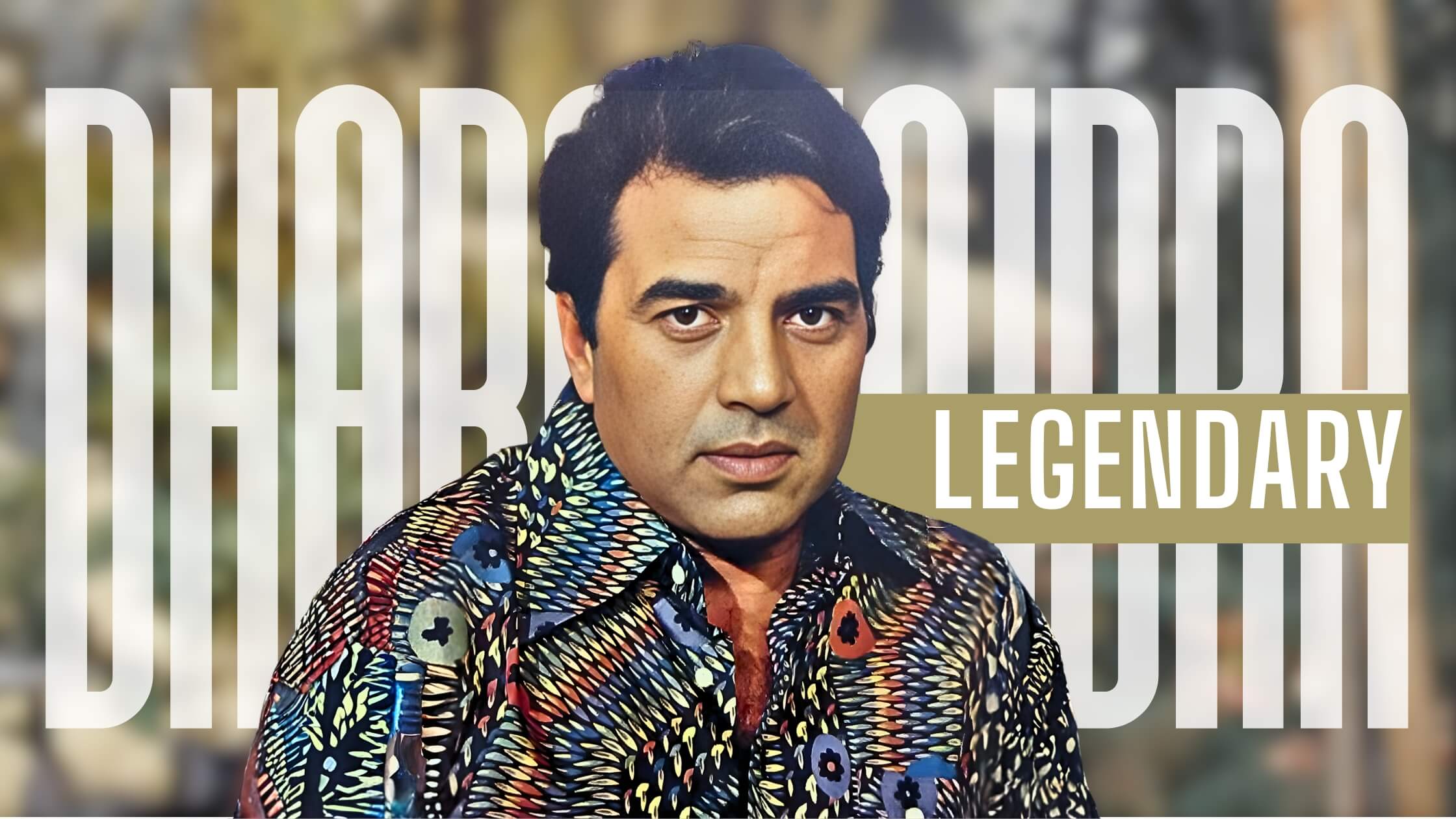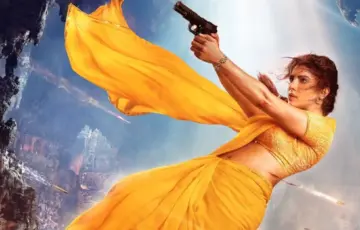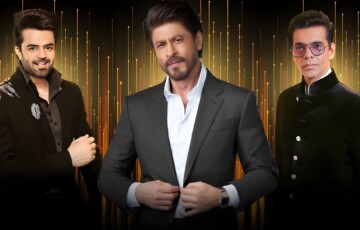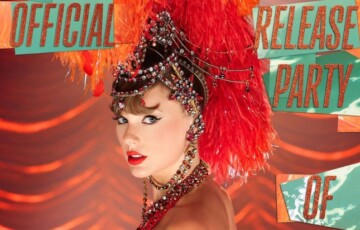Veteran actor Dharmendra has passed away at 89 after a long health battle. Fans and the film industry mourn the loss of the beloved He-Man of Bollywood. Read tribute highlights.
Dharmendra Kewal Krishan Deol (born 8 December 1935 – 24 November 2025), fondly remembered as Dharam Ji, Garam Dharam, and the beloved He-Man of Bollywood, passed away on the morning of November 24, 2025, after a prolonged health battle. His health had been fragile for some time, with recent hospitalization raising concern among fans. Earlier today, worry deepened across the nation after an ambulance was seen arriving at his Juhu residence, confirming the heartbreaking news.
There are stars. There are superstars. And then, there are those rare, timeless cinematic forces who become legacy, names that don’t just decorate film history but define it.
Dharmendra Kewal Krishan Deol, affectionately known across generations as Dharam Ji, Garam Dharam, and The He-Man of Bollywood, belongs to this last category. His charm spanned eras. His stardom crossed decades. His simplicity made him familiar, and his strength made him unforgettable. Even today, his presence evokes warmth, nostalgia, and respect, the kind reserved only for those whose work has truly touched the nation.
This is not just the story of an actor. It is the story of a phenomenon. It’s of none other than The Dharmendra….
Core Filmography and Career Highlights
Before moving further into the phases of his career, here is a Top 10 Dharmendra Films Table summarizing some of the most defining roles of Dharmendra’s journey. These films represent different stages: emotional drama, comedy, romance, and large-scale commercial cinema.
| Film Title | Year | Role Type and Significance |
|---|---|---|
| Sholay | 1975 | Iconic role as Veeru. Defines friendship, humor, and heroism. |
| Satyakam | 1969 | One of Hindi cinema’s strongest portrayals of moral integrity. |
| Chupke Chupke | 1975 | A classic comedy showcasing his natural humor and timing. |
| Phool Aur Patthar | 1966 | Breakthrough film. Established his star presence. |
| Mera Gaon Mera Desh | 1971 | Early action role, setting the tone for the heroic protector image. |
| Dharam Veer | 1977 | Grand cinematic spectacle that highlighted his screen charisma. |
| Seeta Aur Geeta | 1972 | Romantic and comedic performance showing warmth and balance. |
| Anupama | 1966 | Emotional depth and simplicity. A significant performance. |
| Apne | 2007 | Emotional film featuring three Deol family generations. |
| Yamla Pagla Deewana | 2011 | Celebration of his personality and family legacy. |
This table helps establish how his career incorporated multiple genres and evolved over time.
A Boy from Punjab with Dreams Larger Than Life!
Dharmendra was born on December 8, 1935, in the village of Nasrali in Punjab, into a simple farming family. The world he grew up in was far removed from lights, sets, and applause. He wasn’t surrounded by glamor, cameras, or film folklore.
But he had something else, dreams. Dreams that were raw, unpolished, and powerful.
He arrived in Mumbai after winning a Filmfare talent contest, with just determination in his pocket. He didn’t know anyone in the industry. He didn’t have a godfather. What he did have was:
- A face that the camera loved
- A physique India had rarely seen
- Eyes full of vulnerability and sincerity
- And a willingness to work harder than anyone else
This combination would soon reshape the definition of the Indian leading man.
Entry into Films and Early Acting Phase (1960s)
Dharmendra made his debut in the early 1960s. His initial films focused on serious, emotional, and romantic storylines. His expressions were natural, his dialogue delivery was sincere, and his presence carried vulnerability. These traits made him stand out in an industry where many performances at the time were theatrical.
Some important early films include:
- Anpadh (1962), where he played a supportive husband in a socially themed narrative
- Bandini (1963) directed by Bimal Roy, known for realistic storytelling. Dharmendra played a compassionate doctor and gained critical appreciation.
- Anupama (1966) in which he gave one of his most introspective performances. This film is remembered for its subtle emotional tone.

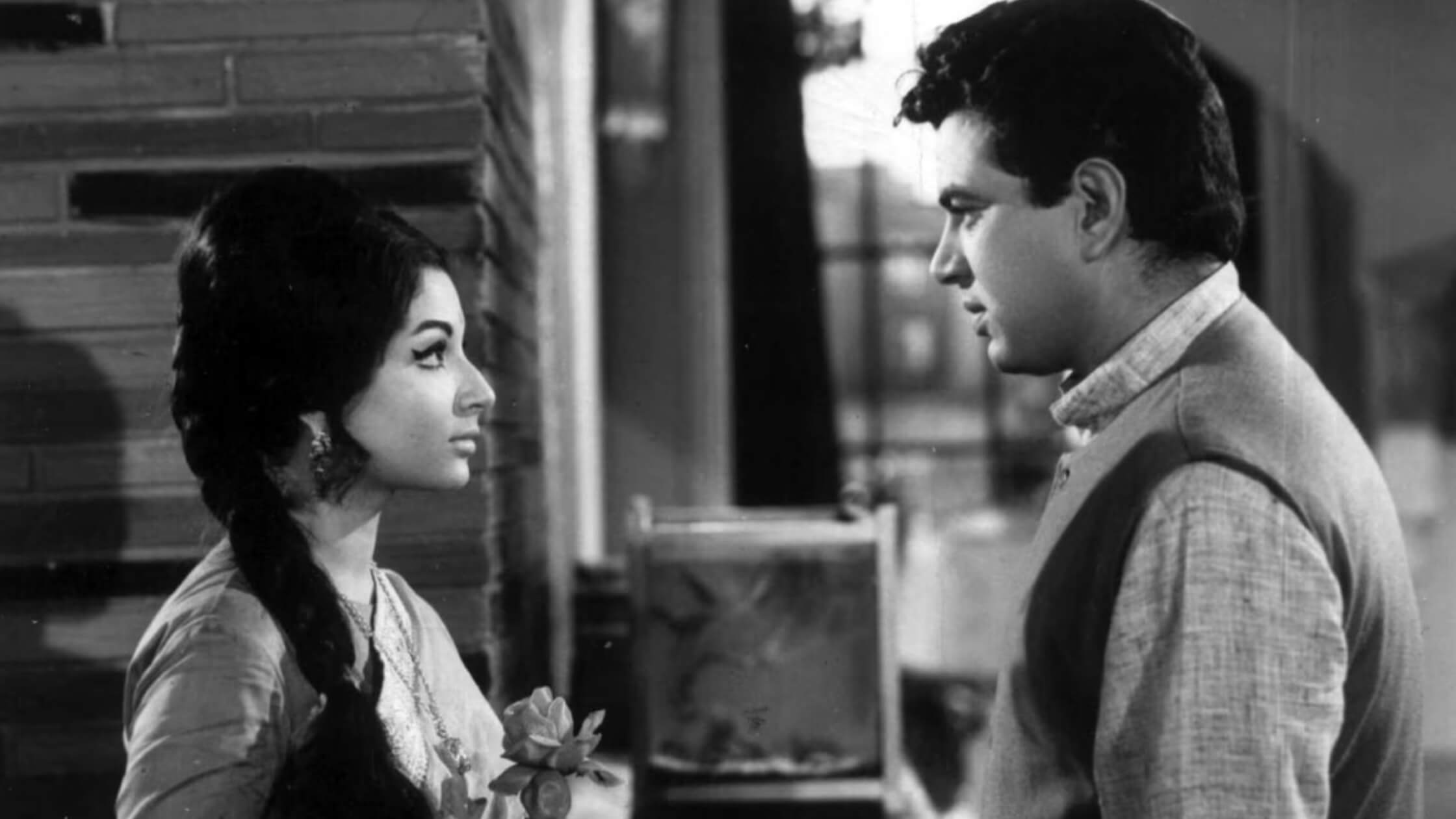
During this period, Dharmendra became known as an actor who could express internal emotions without dramatic exaggeration. He earned respect for his sensitivity on screen. Audiences responded to his simplicity, which made him relatable.
The Rise of He-Man: The Golden Era of Action and Heroism
The 1970s were a turning point not only for Dharmendra but for Indian masculinity onscreen. The audience began craving heroes who could:
- Fight for justice
- Stand up for the helpless
- Be unbreakable — yet deeply human
Dharmendra stepped into that role like destiny had been waiting for him!
In the late 1960s and early 1970s, Dharmendra began receiving roles that required physical expressiveness, strength, and emotional determination. His strong athletic appearance and natural confidence made him ideal for roles that required a protector, reformer, or vigilante figure.
Films like Phool Aur Patthar and Mera Gaon Mera Desh solidified his reputation as a dependable hero. These films were particularly popular in rural and small-town India, where audiences appreciated characters that stood up for fairness and community values.
- Clear motivations for the character’s actions.
- Emotional grounding instead of surface-level aggression.
- Controlled strength that appeared realistic on screen.
This phase built the foundation for his widely recognized title “He-Man of Bollywood.”
Family & Personal Life
| First Wife | |
|---|---|
| Prakash Kaur (Married 1954) | |
| Children (with Prakash Kaur) | |
| Sons: Sunny Deol, Bobby Deol (Both actors) Daughters: Vijeta Deol and Ajeeta Deol (Maintain private lives) | |
| Second Wife | |
| Hema Malini (Married 1980) | |
| Children (with Hema Malini) | |
| Daughters: Esha Deol and Ahana Deol (Both have worked in films) |
A Career of Records and Milestones
- Dharmendra didn’t just act. He ruled.
- He delivered 8 consecutive major hit films in 1973, a record unmatched to this day.
- He was consistently among the Top 3 highest-paid actors for over two decades.
- He starred in over 300 films spanning 60 years.
- He was honored with the Padma Bhushan in 2012 for his contribution to cinema.
No one can replicate this.
Comedy That Lives Forever: The Charming, Playful Dharmendra
Chupke Chupke (1975) remains one of the most beloved comedies in Indian cinema. Dharmendra’s portrayal of the mischievous professor Parimal Tripathi showcased impeccable comic timing, intelligence, and irresistible charm. His humor was never forced; it was natural, playful, and effortless, the kind that stays with you for life.
His comedic presence was magnetic, capable of making an entire nation smile.
Why He Was So Special: The ‘He-Man’
Dharmendra’s unique appeal lies in his incredible versatility and his authenticity. He was a star who never lost touch with his humble, ‘boy from the soil’ roots in Punjab.
The He-Man Tag
While his tall, muscular physique earned him the title ‘He-Man’ and made him the definitive action star of the 70s (with films like Dharam Veer and Sholay), this nickname only told half the story.
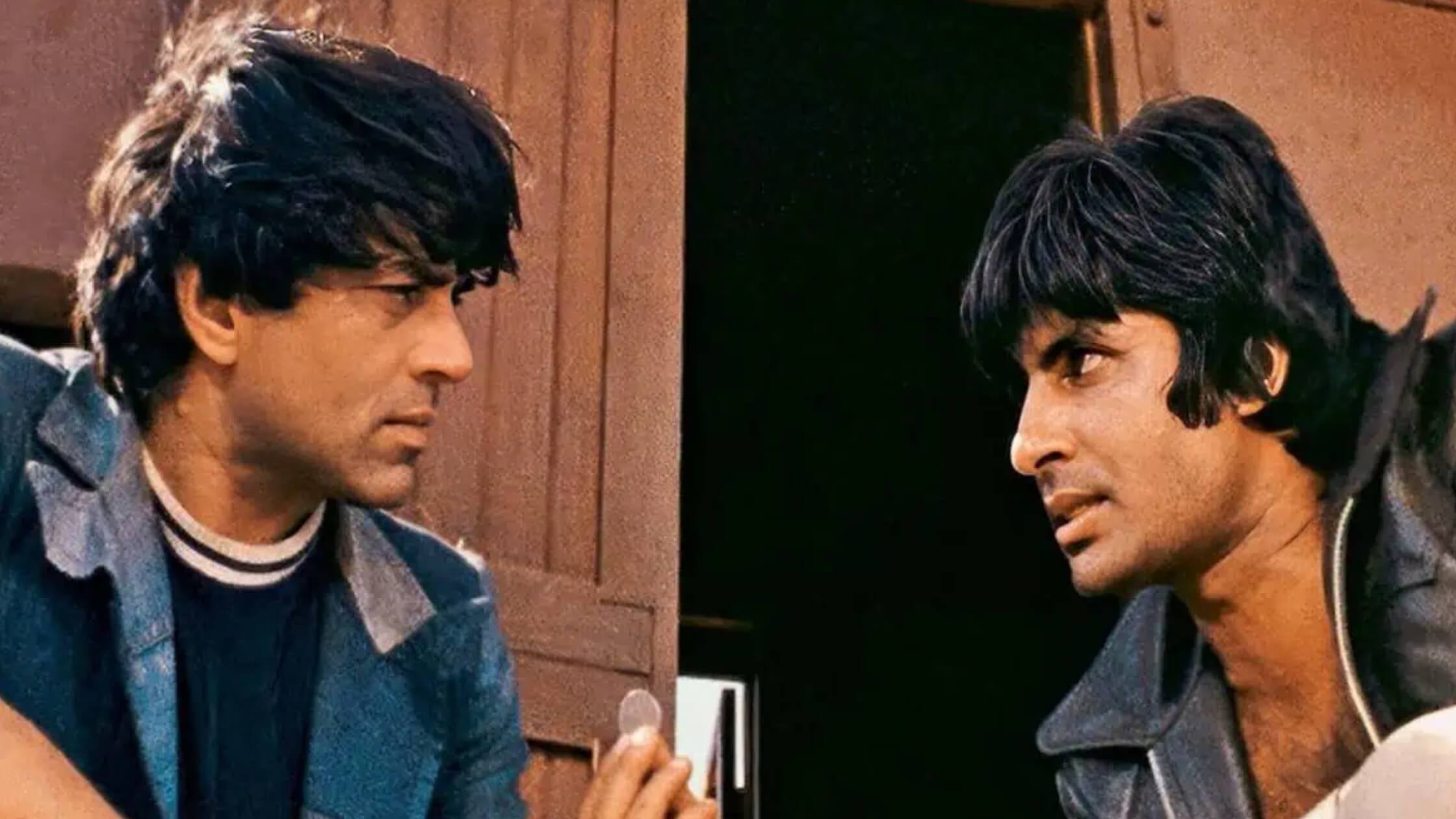
The Actor of Depth
What made him truly special was his ability to pivot. He transitioned seamlessly from the rugged action hero to the sensitive romantic lead in films like Anupama and the brilliant comic actor in classics like Chupke Chupke and Sholay. Critics often cite his intense, emotional performance in Satyakam as one of the best in Hindi cinema history, showcasing his raw, unpolished talent.
A Box Office King
His commercial success is monumental. He holds the incredible, unmatched record of delivering eight major box office hits in a single year (1973), followed by another streak of seven consecutive hits in 1987. His career, spanning over six decades and 300 films, is a masterclass in enduring stardom.
Legacy Beyond Films
He is celebrated not just as an actor but as a loving father who successfully launched the careers of his sons, Sunny and Bobby Deol, and a veteran who continues to inspire. He was honored with the Padma Bhushan in 2012 for his contributions to Indian cinema.
Grace. Gentleness. Humility. The Real Dharmendra.
Off-screen, Dharmendra was known for being grounded and affectionate. There was no pretence in him, no arrogance, and no distance from the common man. He laughed easily, loved deeply, and spoke straight from the heart. His emotional vulnerability was a part of his charm, a quiet kind of beauty that made him so real and relatable.
Keep visiting Dazzlerr for more updates!

